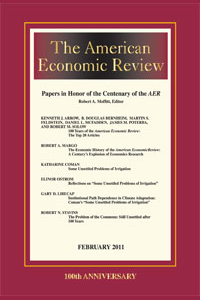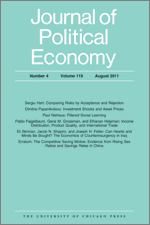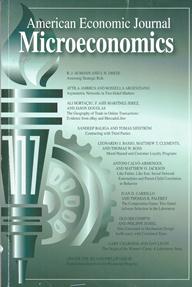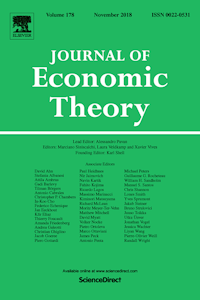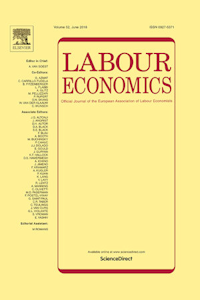
Gaggl, P., Gray, R., Marinescu, I. and Morin, M.
Does electricity drive structural transformation? Evidence from the United States
Labour Economics
Vol. 68 (2021)
Abstract: Electricity was the catalyst for the second industrial revolution in the early twentieth century. Developing countries are currently making huge investments in this general-purpose technology, with a view to achieving structural change. What can history teach us about its impact on the structure of employment? We use U.S. Census data and an identification strategy based on hydroelectric potential to identify the effects of the geographic expansion of higher-voltage electricity lines. We find that, over the period 1910–1940, electrification increased the share of operatives in the average county by 3.5 percentage points and decreased the share of farmers by 2.9 percentage points. These effects are primarily driven by rural electrification, and they can account for more than half of the aggregate increase in operatives, and more than one quarter of the total decrease in farmers. These results suggest that electrification was a key contributor to U.S. structural transformation.
Keywords: Technological change, Electrification, Structural change
JEL Codes: E25, E22, J24, J31, N32, N72, O33
Publisher's Link: https://doi.org/10.1016/j.labeco.2020.101944 ![]()

